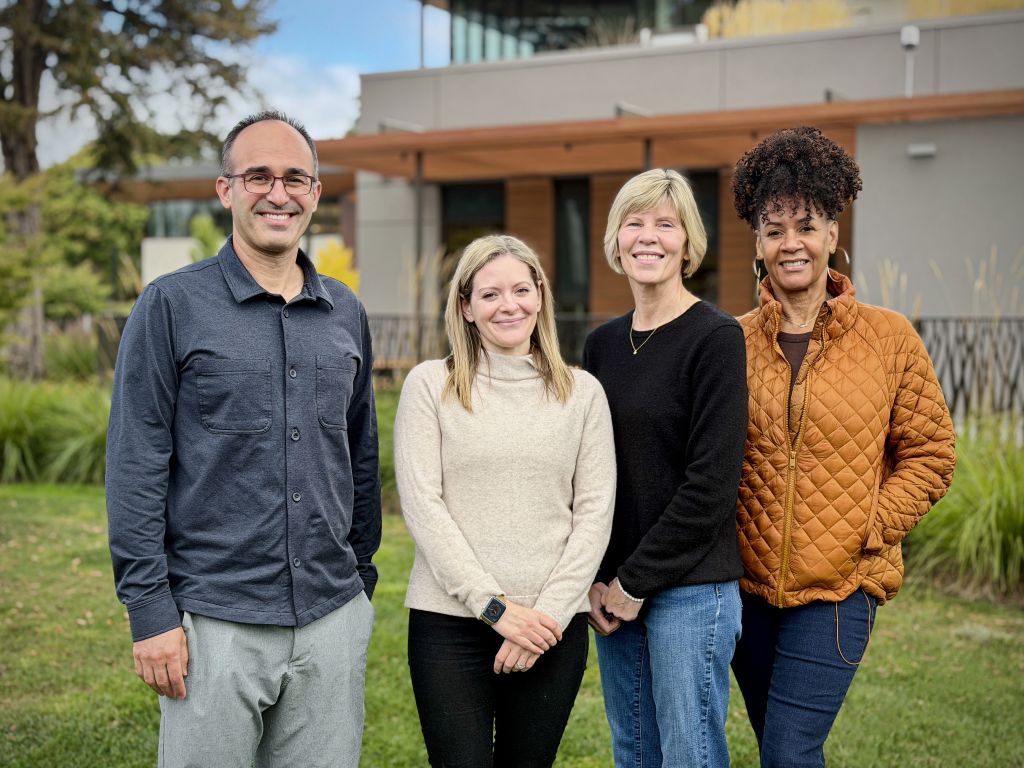It’s not by mistake that Burlingame is known as “the city of trees;” it’s by design – and by city ordinance. The Heritage Tree Ordinance, passed in 1975, made it illegal to harm “distinctive” trees within city limits. Any tree that was more than four feet in diameter, along with those of a certain age, rarity or historical significance, was defined as being “distinctive.” The city later passed Ordinance 11.04.035, making it unlawful for “any person to cut down, trim, prune plant, remove or injure or destroy any tree, shrub or plant in or upon any street or public place” in Burlingame “without a permit therefore from the Parks & Recreation Director.” Law-breakers are subject to punishment by fine… “and fines can be substantial.” Be they heritage trees or just plain old trees, Burlingame’s greenery is not taken lightly.
Why shouldn’t Burlingame take its tree seriously? They’re a big part of its personality, what makes Burlingame different from its Peninsula neighbors. But they weren’t always there. Early settlers to the Peninsula found a land wind-whipped and wide open, dotted with native trees but otherwise unprotected. Burlingame’s trees were planted by its founders, most notably Anson Burlingame and George Howard, who both hired famed landscape architect John McLaren to populate their estates with trees. They did this for dual purposes: to beautify the land and to minimize the wind, making it more habitable. That the trees later became a selling point for the newly incorporated city of Burlingame was a bonus.
One of McLaren’s most notable and traditionally threatened creations is the eucalyptus grove that lines El Camino Real in Burlingame. These trees, Australian in origin, have spent well over a century – more than 130 years -- dodging potential ruin, be it from city planners hoping to widen El Camino Real, individual landowners concerned about encroaching and/or falling branches or Caltrans analysts worried about the impact of root growth on the road surface. This grove was one of the first designated as a “heritage grove” in 1975. In 1999, after a few skirmishes regarding ailing trees, it was found to be a protected historic resource under the California Environmental Quality Act. In 2012, the two miles of El Camino between Ray Drive and Peninsula Avenue was listed on the National Register of Historic Places. Its official name is the “Howard-Ralston Eucalyptus Tree Rows.”
John McLaren wasn’t hired to only plant eucalyptus trees, though. His work in Burlingame included elm trees, oaks, pines and other trees. As for the eucalyptus, their original intent was to serve as protectors for adjacent rows of elm trees. According to McLaren, the design was for “the eucalyptus should only remain as a shelter and windbreak for the elm trees until the latter became properly established.” The elm trees didn’t thrive. The eucalyptus trees did.
It’s estimated that McLaren planted 80 percent of Burlingame’s present-day trees during a decade-plus spent on the Peninsula, transforming what had been largely treeless into “Tree City, USA” (status conferred upon Burlingame by the Arbor Day Foundation for 34 years running) and Burlingame residents have worked hard to preserve his work. The Heritage Ordinance does not protect trees, however, when permission has been given to chop them down, so Burlingame’s trees, despite their protected status, sometimes still face threats. If California’s high-speed rail proposal progresses as planned, for example, 239 of Burlingame’s trees could be affected by high-speed rail, according to the San Mateo Daily Journal. Unsurprisingly, Burlingame’s citizenry has mobilized itself against this possibility.
Trees have always been a flash point for Burlingame, because they’ve become such a huge part of the city’s personality. When you think of Burlingame, you think of tree-lined streets, the El Camino grove – sorry, I mean the “Howard-Ralston Eucalyptus Tree Rows” – similar groves on California and Easton Drives, just as much as you think of the high school, the library, Burlingame Avenue and the city’s scores of gorgeous pre-war homes.
This article is copyrighted by Raziel Ungar and may not be reproduced or copied without express written permission.
=






